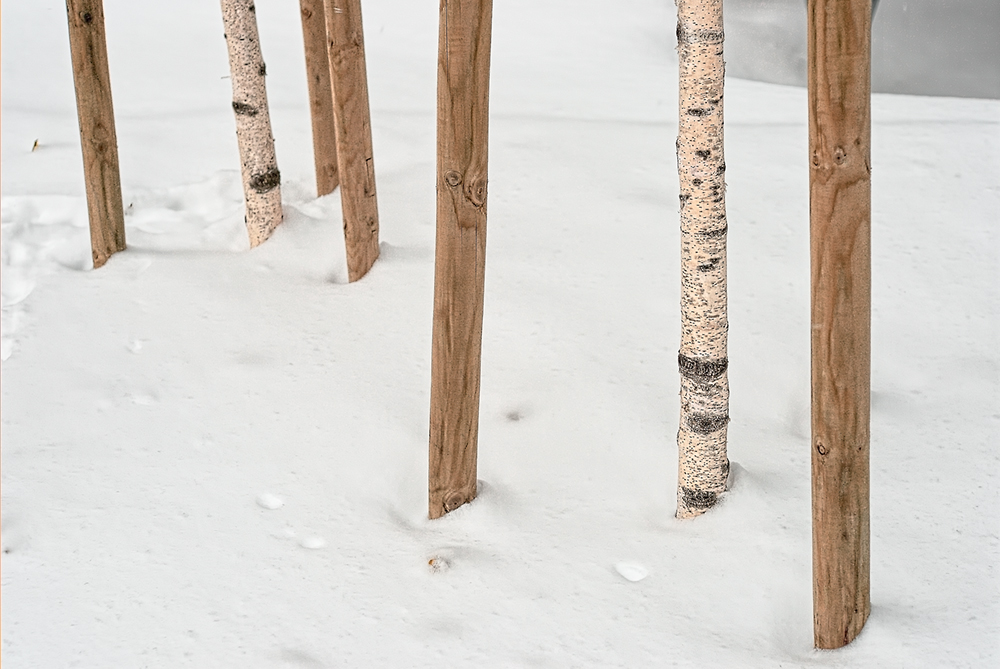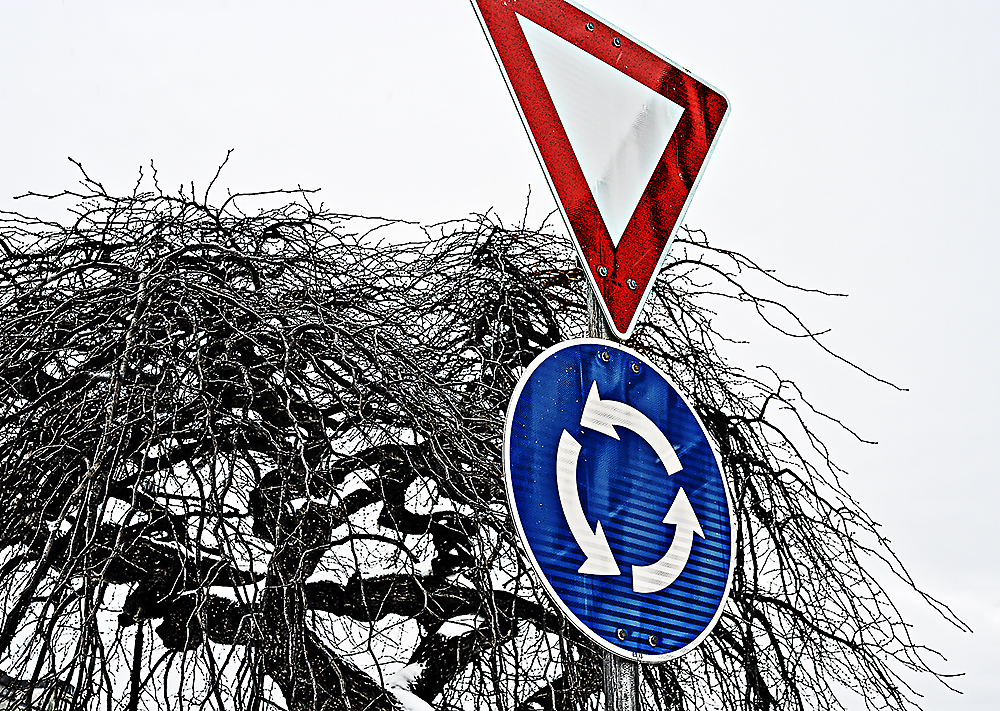I continue my quest to visit most Nikkors with the Df to learn what each lens can contribute. Time has come to the first of the 'pro' mid-range zoom lenses, the 35-70 mm f/3.5 Zoom-Nikkor AI from 1977. This is the 72 mm version and it uses the big HK-4 lens shade. It remained in production until 1981 when it was replaced by a lens with similar specification but the smaller 62 mm filter size, and this last version also had a kind of 'macro' focusing implemented.
The 35-70/3.5 is very sturdily made, has a two-ring zoom operation, and focused to just 1 m which is pretty distant at 35 mm setting of course. Image quality is good to excellent, and most of the CA seen can be removed quite easily in a post-processing stage. Be warned though this lens is
very prone to flare if directed towards the sun or other strong point-light sources.
As usual for lenses of its vintage, image contrast is lower than what a modern lens delivers. The 35-70 makes up for this by its almost '3-D' drawing and beautifully rendered transitions. Unusual for a zoom design, it has very low geometric distortion so architecture is one of its force fields. It is a lens for Nikkor aficionados with a cultivated taste. Plus of course being a prime candidate for CPU modification.
Here is a view of the 35-70, complete with the proper HK-4 hood, on my Df.

(note the tiny Foolography GPS receiver on the camera's left-hand side, it's pretty neat and unobtrusive ... When the 'L' bracket is added, it encloses the GPS device entirely).
An example of modern architecture of an office building to show the excellent geometric rendition of the 35-70. I shot this during a snowfall so image contrast was further reduced by all the snow blowing past me. In fact, one can observe an "air perspective" within < 100 m distance.
Snowy impression by Nikon Df
A detail of silver birches being planted outside the office building shown above. The contrast between vulnerable nature and man-made features couldn't be greater, but notwithstanding that, it is safe to conclude Nature will draw the longer straw eventually because such buildings rarely live for a century before they are razed, whilst the silver birch has an estimated longevity several times longer.

A final image by the 35-70 mm f/3.5 @72mm filter before I move on. This is from the earlier series posted yesterday so windy and snowy conditions with that lead-grey sky only Nordic winters can provide.
Modern Yggdrasil by Nikon Df
The keen observer will immediate spot two issues. Firstly, the tree is not an Ash (
Fraxinus) as described in the Nordic Sagas, but a Lime (probably
Tilia x
europaea; I'll have to check next spring when it leafs). This is within artistic license so even in a strict sense nothing to worry about. However, the second issue is signs of really bad moiré on the roundabout traffic sign. It is pretty rare to get the moiré this pronounced as common wisdom tells you this flaw is for high-resolving cameras a group in which the Df not really belongs. However, given a sufficiently sharp lens and the suitable conditions, you can indeed get moiré with almost any digital camera. The Df is no exception.